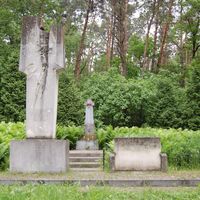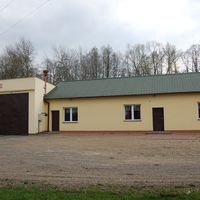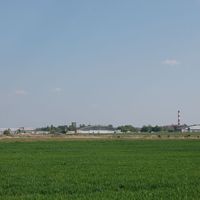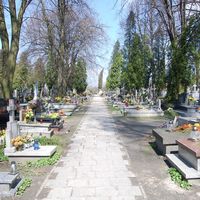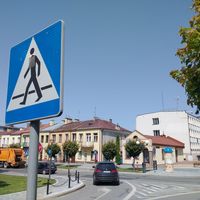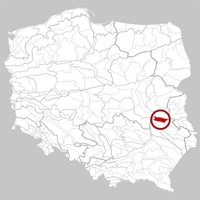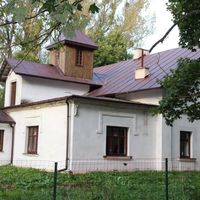Lublin County
6.85
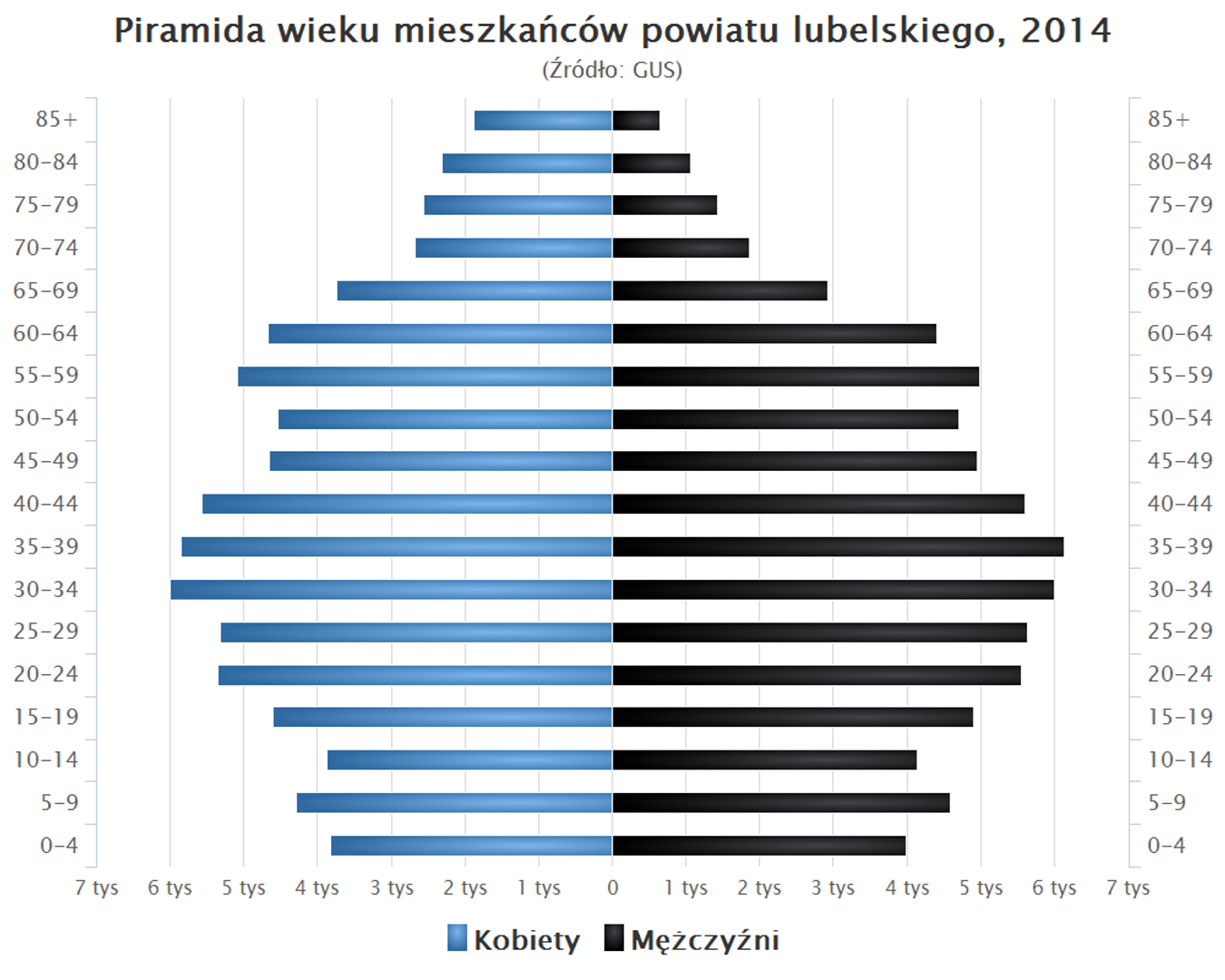
Overview
Lublin County, located in the Lublin Voivodeship, was established in 1999 as part of the administrative reform. Its seat is the city of Lublin, which plays an important role as the cultural and administrative center of the region. The county includes urban-rural municipalities such as Bełżyce and Bychawa, as well as numerous rural municipalities, including Borzechów, Garbów, Głusk, Jabłonna, Jastków, Konopnica, Krzczonów, Niedrzwica Duża, Niemce, Strzyżewice, Wojciechów, Wólka, Wysokie, and Zakrzew. Lublin County is part of the Lublin Metropolitan Area, which contributes to the dynamic development of the region and the integration of its residents. From a demographic perspective, according to data from 2019, the county was inhabited by 155,566 people, which increased to 156,002 in 2020. The history of the county includes notable starosts from both the Second Polish Republic and the Third Polish Republic, with Jan Łopata and Paweł Pikula holding leading positions from 1999 to 2018. Currently, the office is held by Sylwia Pisarek-Piotrowska. The county has a rich history, reflected in its architecture and cultural development, as well as in numerous events and festivals that attract both residents and tourists. An interesting fact is that Lublin, as a city with county rights, is an important educational center with many universities and cultural institutions, which contributes to the development of the region. It is also worth noting the diversity of the municipalities and their cultural offerings, which create a mosaic of local traditions and customs. Lublin County combines historical, architectural, and cultural elements, making it a fascinating place not only for its residents but also for visitors.
Location
State
Lublin Voivodeship
Country
2025 Wizytor | All Rights Reserved
